Malibu Creek Ecosystem Restoration Project
Malibu Creek Ecosystem Restoration Project
Project Goal:
Remove the defunct Rindge Dam location in Malibu Creek canyon.
Malibu Creek watershed is a high priority Southern steelhead recovery river with federally designated critical habitat. The impoundment behind Rindge Dam is full of sediment with no water storage capacity and poses a recreational hazard to the public. The Malibu Creek Restoration Project will completely remove Rindge Dam and remediate 8 upstream passage barriers. This will reconnect almost 18 miles of aquatic habitat in Malibu Creek and restore critical landscape scale ecosystem processes central the long term function and integrity of the entire system.
Project Stages
USACE Integrated Feasibility Study
Planning, Engineering, Design
Implementation
Completion
Estimated Completion Date:
2030
Region:
Fish Affected:
Threats:
Project Description
Since the construction of the 100-ft Rindge Dam 90 years ago, Southern California steelhead have been blocked from reaching high quality spawning grounds in upper Malibu Creek. In addition to totally blocking aquatic species movement, Rindge Dam has degraded downstream habitat conditions by disrupting the natural flow of sediment and water. These impacts extend all the way from the foot of the dam into the Malibu Lagoon, Santa Monica Bay, and local beaches. The project will restore approximately 525 acres of habitat in the Malibu Creek ecosystem and 18 miles of aquatic habitat. This project will re-establish connectivity from the Pacific Ocean to the interior of the Malibu Creek watershed.
The process to remove Rindge Dam was formalized when the U.S. House of Representatives commissioned the “Malibu Creek Ecosystem Restoration Feasibility Study” in 1992. They requested a solution that improved the Malibu Creek watershed and the Malibu shoreline. The Army Corps of Engineers led this study to investigate ecosystem restoration opportunities within the Malibu Creek watershed. They studied options to improve aquatic and riparian ecosystem habitat connectivity and restore more natural sediment transport to the coast.
This Corps-led Feasibility Study was completed in 2017 and officially signed in December 2020 by the Chief of Engineers at the Army Corps. Their final project recommendation includes removing the Rindge Dam concrete arch and spillway; excavating approximately 780,000 cubic yards of sediment accumulated behind the dam; transporting roughly 276,000 cubic yards of sand-rich material to a near-shore site east of Malibu Pier for temporary nearby coast and shoreline beach nourishment. The remaining sediment will be transported to the Calabasas Landfill.
Removal of Rindge Dam offers a tractable and significant solution to reconnecting habitat for multiple native species in this watershed — a watershed that is internationally recognized as an exceptional natural resource. Removing Rindge Dam and remediating eight additional upstream barriers will provide fish passage for the dual listed Southern California steelhead. This project will be landscape scale watershed restoration and restore access to 18 miles of historical spawning, rearing, and forging habitat.
Learn more about CalTrout's efforts to restore Malibu Creek and remove Rindge dam at http://www.restoremalibucreek.org/
Project Partners:
California State Parks
Army Corps Engineers
National Marine Fisheries Service
Resource Legacy Fund
Surfrider
CalTrout




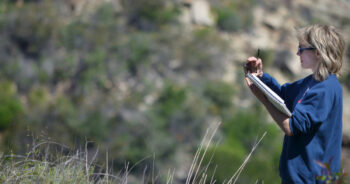
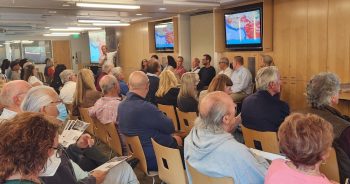
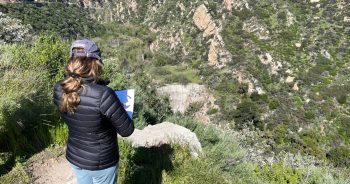

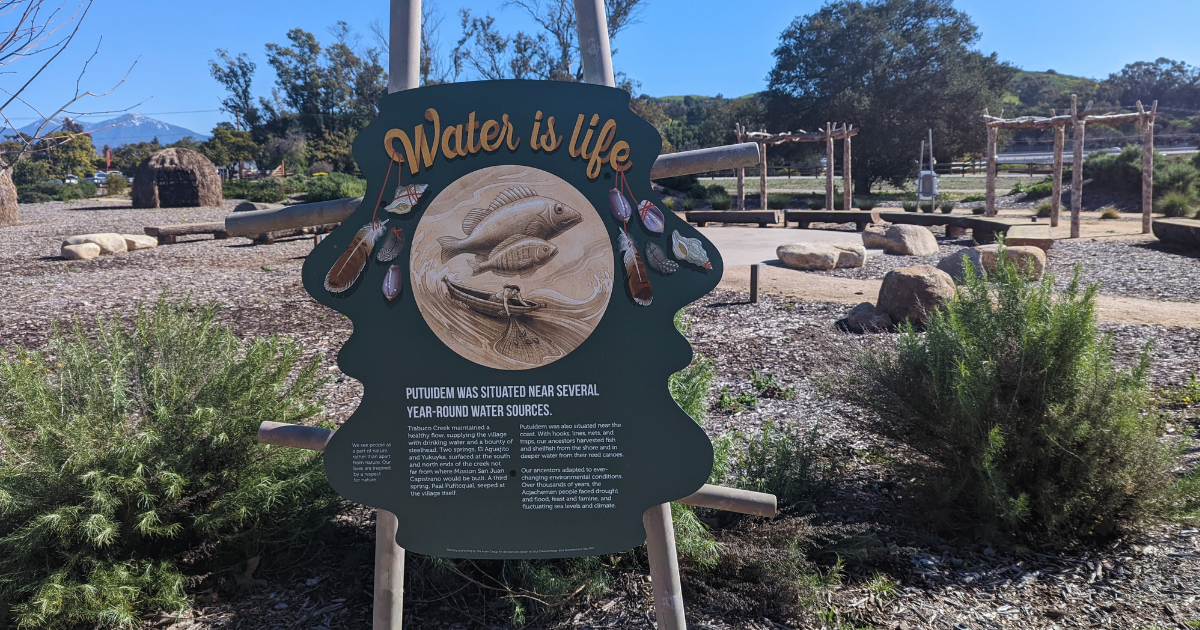

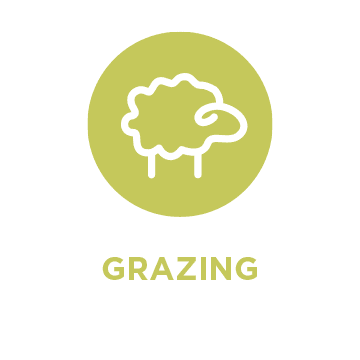
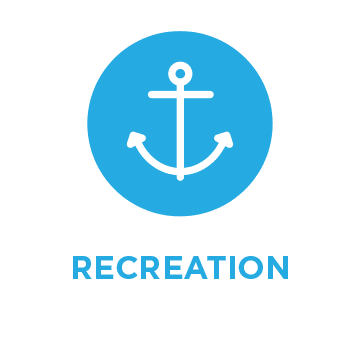 Human use of streams, lakes, and surrounding watersheds for recreation has greatly increased with population expansion. Boating, swimming, angling, off-road vehicles, ski resorts, golf courses and other activities or land uses can negatively impact salmonid populations and their habitats. The impacts are generally minor; however, concentration of multiple activities in one region or time of year may have cumulative impacts.
Human use of streams, lakes, and surrounding watersheds for recreation has greatly increased with population expansion. Boating, swimming, angling, off-road vehicles, ski resorts, golf courses and other activities or land uses can negatively impact salmonid populations and their habitats. The impacts are generally minor; however, concentration of multiple activities in one region or time of year may have cumulative impacts.

 Dams block access to historical spawning and rearing habitats. Downstream, dams alter the timing, frequency, duration, magnitude, and rate of change of flows decreasing habitat quality and survival.
Dams block access to historical spawning and rearing habitats. Downstream, dams alter the timing, frequency, duration, magnitude, and rate of change of flows decreasing habitat quality and survival.











